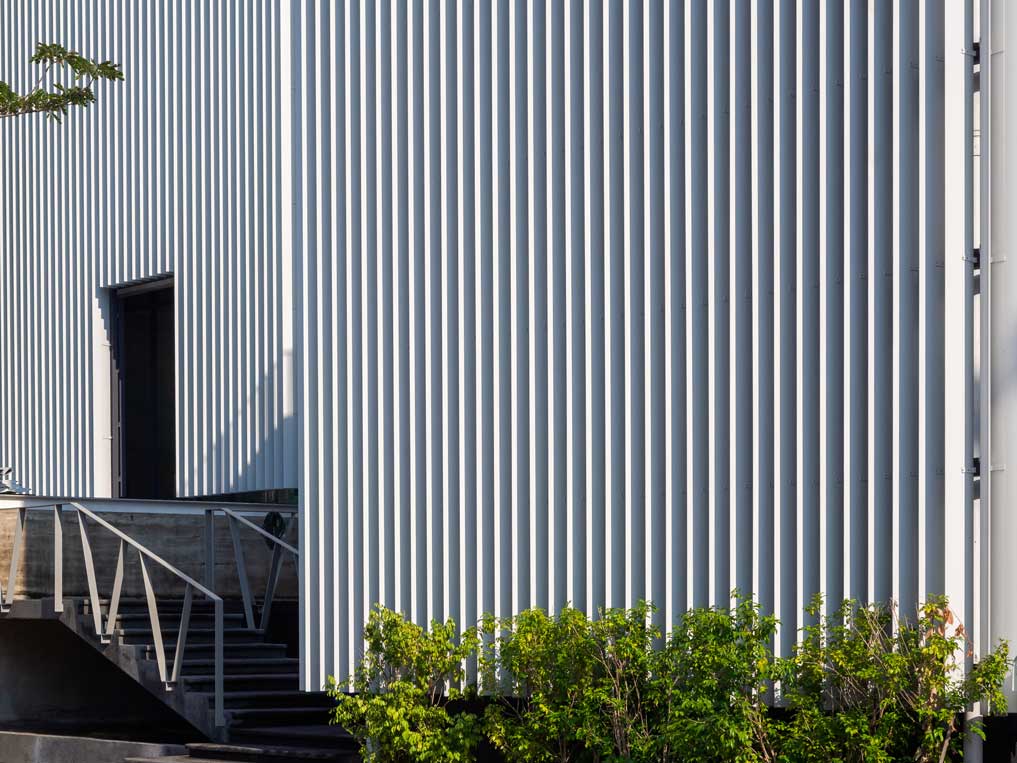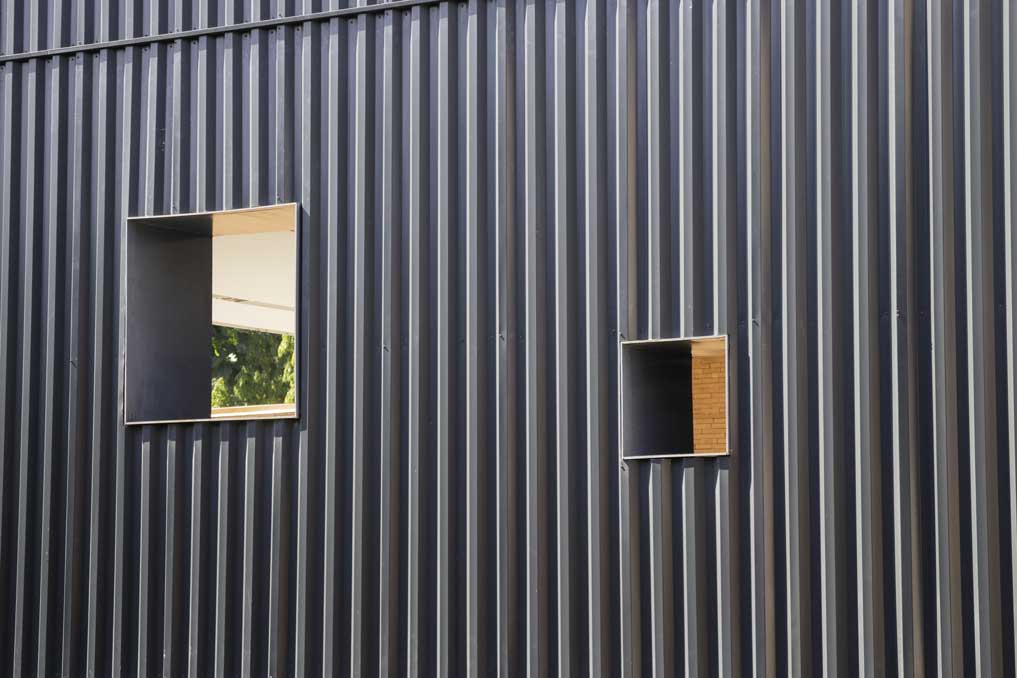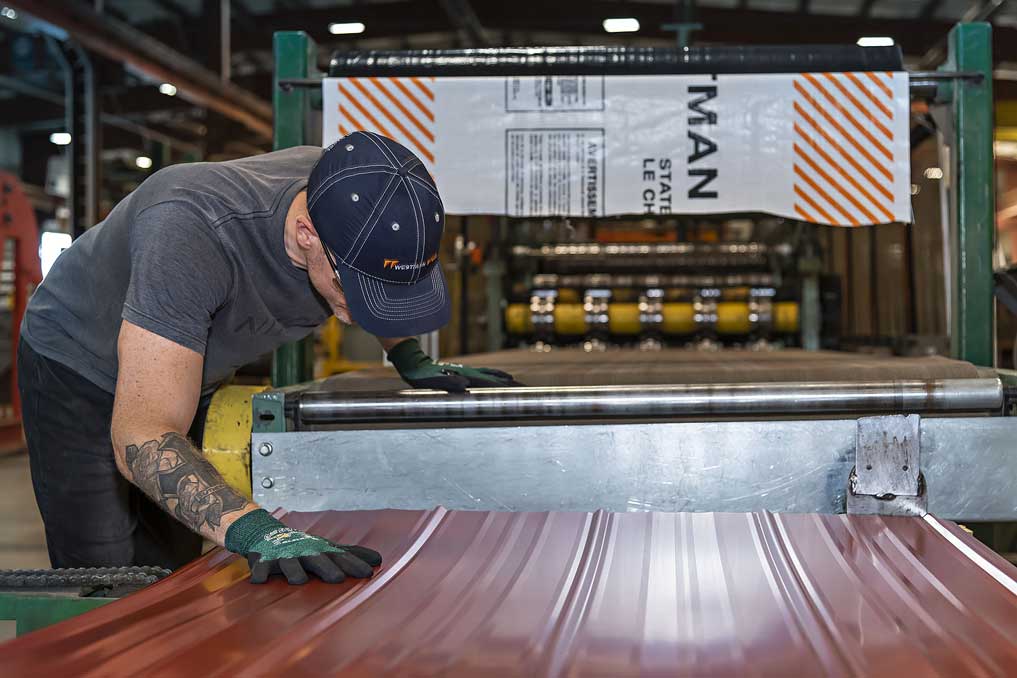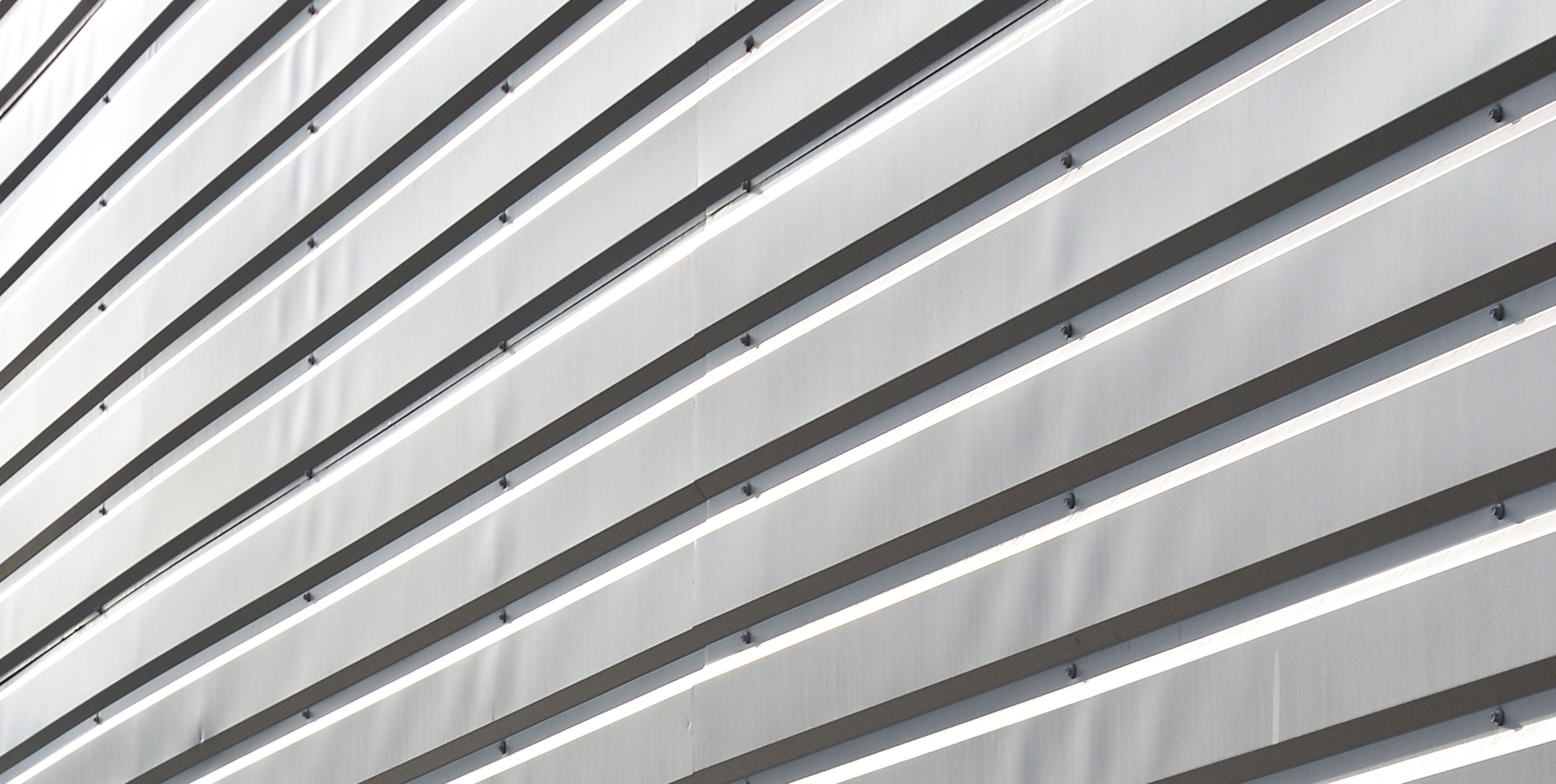
When you’re investing in a new metal roof or wall system, whether for your home, commercial building, or agricultural structure, you might encounter the term “oil canning.” At Westman Steel, we believe in providing our customers with full transparency and understanding.
Oil canning is a visual phenomenon where a flat metal panel surface appears wavy or distorted. It’s characterized by subtle ripples or buckles that can be more noticeable depending on factors like the angle of view, light conditions, colour, and even the time of day or year. It’s crucial to understand that oil canning is primarily an aesthetic characteristic and does not affect the structural integrity or performance of the metal panel or the building. However, it’s understandably not the perfectly smooth, pristine look most people envision when purchasing metal.
What Causes Oil Canning?

Improper Installation Techniques:
Incorrect Fastener Installation: Over-tightening fasteners can dimple the metal, causing stress to ripple outwards.
Uneven Stresses at Fastening Points: Inconsistent pressure or spacing of fasteners can lead to localized buckling.
Clips Too Loose or Too Tight (for Standing Seam): Clips that don’t allow for proper thermal movement or that clamp too tightly can induce stress.
Substrate: The surface in which the panel is being installed to is not flat or true. The steel panel will conform to the surface its is being screwed too. So, if the substrate of a wall is “wavy” the panel will follow this waviness and bend, cause “oil canning” So, if the underlying roof deck or wall framing (purlins, girts) is not perfectly flat and plumb, the steel panels will conform to those irregularities.
Improper Material Handling:
Panels Not Carried Flat: Long panels should always be carried flat by multiple people, not lifted by a single corner or allowed to bend excessively.
Improper Lifting from Bundles/Crates: Panels should be lifted carefully to avoid bending or creasing.
Underlayment Not Flat: Wrinkles or unevenness in the underlayment can transfer through to the metal panels.
Incorrect Panel Dimensions: Panels cut or manufactured to slightly incorrect dimensions can be forced into place, inducing stress.
Mitigating the Appearance of Oil Canning
While it’s nearly impossible to eliminate oil canning entirely due to the inherent nature of thin-gauge metals, its visibility can be greatly reduced through thoughtful planning, material selection, and expert installation. The most significant concern with oil canning is typically on higher-slope roofs and highly visible wall sections, where the reflections and angles of light make any distortions more apparent.
Strategies to help address it

Panel Profile Selection:
Ribbed Profiles: Steel panels with deeper and more frequent ribs (like many of Westman Steel’s agricultural or industrial profiles) naturally stiffen the panel and are less prone to showing oil canning compared to flat-pan standing seam profiles.
Striations or Minor Ribs in Standing Seam: For standing seam panels, choosing a profile that incorporates striations (minor ridges) or pencil ribs within the flat pan area can significantly disrupt light reflection and reduce the visual impact of oil canning.
Metal Gauge (Thickness): A heavier gauge panel contributes to lessening the effects of oil canning. Remember, the lower the gauge number, the thicker the panel. While a thicker gauge typically increases the cost of the project, it often provides a flatter aesthetic.
Colour and Finish Selection: Choosing a low-gloss or matte finish on Westman Steel’s metal panels can significantly reduce reflectivity, thereby decreasing the visibility of oil canning. Lighter colours typically show fewer waves and ripples than darker colour profiles because they reflect more light, scattering the visual effect.
Experienced Installation Crew: The installation crew plays a vital role in ensuring your roof or wall system is aesthetically pleasing. An experienced and trained crew understands the importance of meticulous planning, proper panel layout, and, crucially, how to handle the metal correctly to avoid inducing stresses that can inadvertently cause oil canning. They should be proficient in using proper fastening techniques.
Manufacturer’s Role: Finally, ensure you select a manufacturer like Westman Steel that prioritizes quality control. This includes having trained technicians who understand the nuances of Steel forming, meticulously handling raw materials, and consistently maintaining and calibrating production equipment before fabrication begins. Our commitment to precision helps minimize inherent panel stresses.
Oil Canning: An Aesthetic, Not a Structural Issue
It’s important to reiterate that oil canning is generally considered an aesthetic issue and is not a cause for rejection of the material, nor does it compromise the structural integrity, weather resistance, or warranty of your Westman Steel roof or wall system. By understanding its causes and implementing the correct material selections and installation practices, its visual impact can be greatly reduced, ensuring a beautiful and high-performing metal finish for your Canadian project.
About Westman Steel

Westman Steel is a proud Canadian manufacturer and the premier provider of high-quality metal panels and steel building components for the construction industry across the country. With strong local presence and manufacturing facilities in British Columbia (Langley), Alberta (Airdrie, Edmonton), Saskatchewan (Swift Current, Saskatoon, Regina), Manitoba (Brandon, Winnipeg), and Ontario (Cambridge), Nova Scotia (Dartmouth) and Newfoundland Westman Steel partners with architectural specifiers, commercial construction professionals, and homeowners to create high-performance, sustainable, and inspirational design solutions.
Our dedicated team, with deep knowledge of Canadian building codes and climate demands, provides the expertise to address today’s challenges in high-performance, sustainable, and Net-Zero building. Westman Steel delivers outstanding roof, wall, and fascia metal panels, along with comprehensive trim and accessory packages, from our strategically located facilities throughout Canada.
For more information, visit the Westman Steel website, or to find the nearest branch near you, please visit our Locations page.
